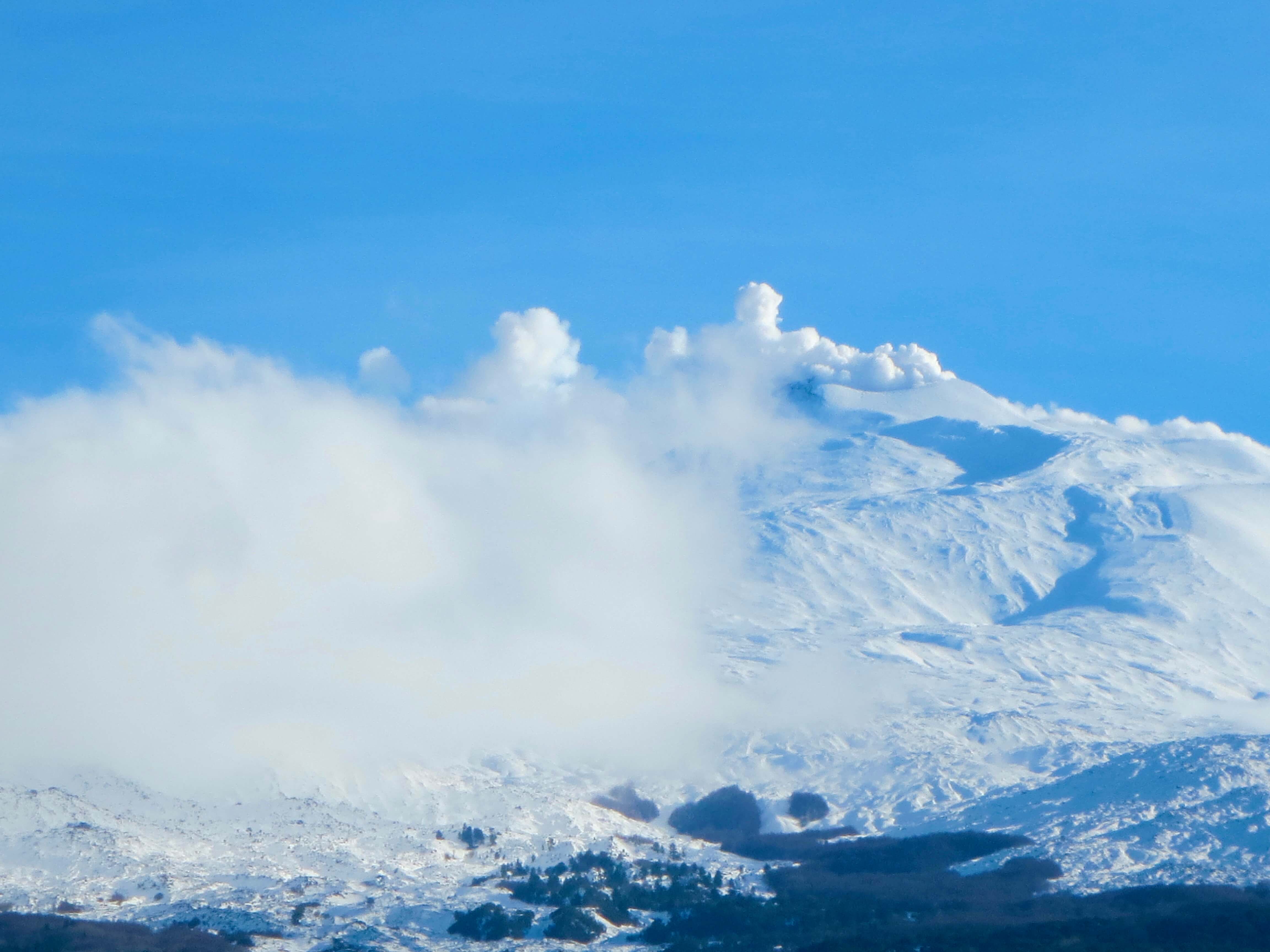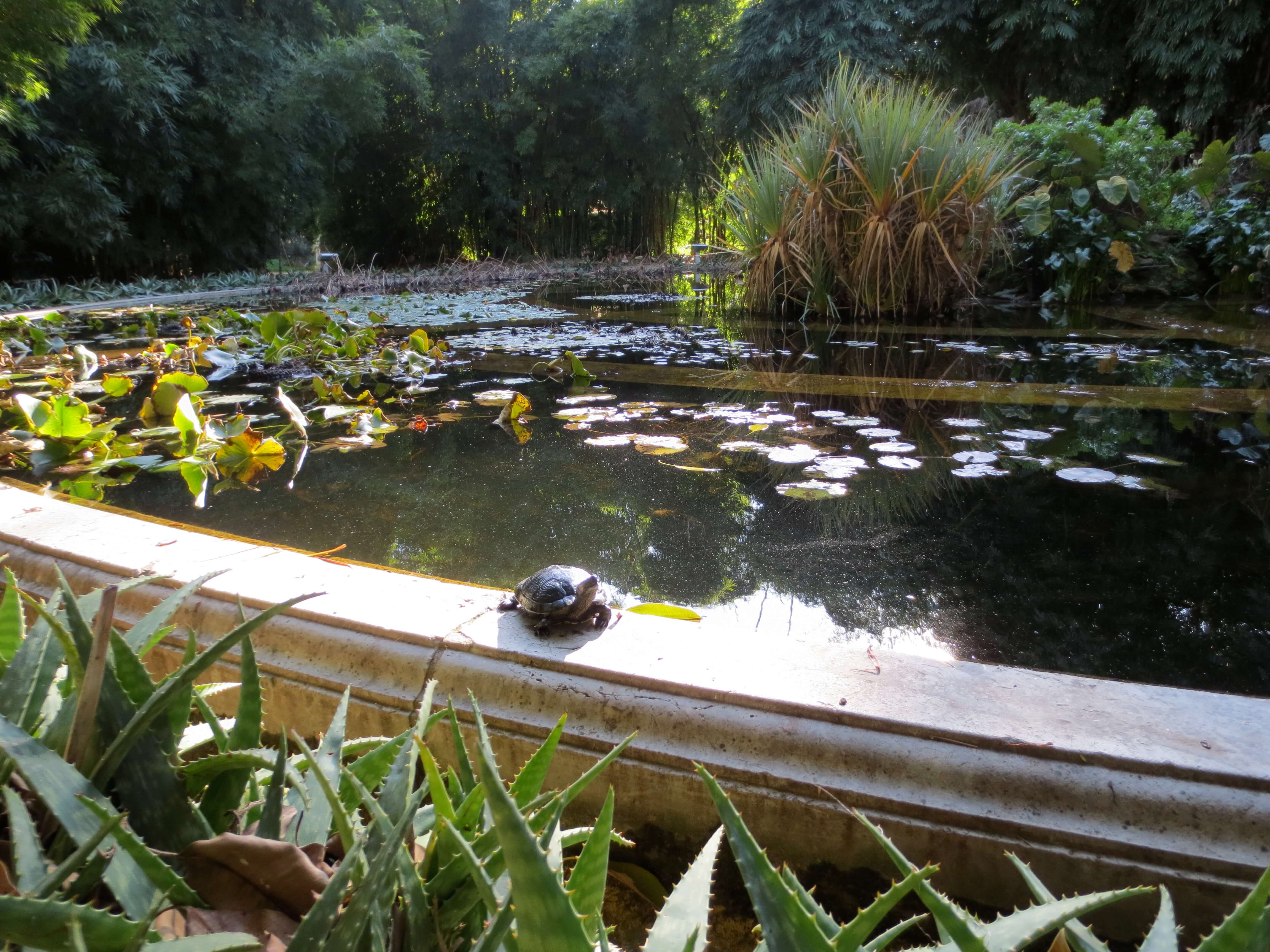- Home
- Sicily Weather
sicily weather around the year
As a northerner, I'm inclined to say that in Sicily, the weather is always good - except in the middle of summer, when it's a bit too hot for my taste. However, many people find the summer months, which are the peak season in Sicily, to be the perfect time to experience the island's unique charm.
In the middle of winter, the weather is mostly fine. Unless, of course, you want to swim and sunbathe. Then, the mid-winter is not the best time to go to Sicily.
Some General Information About the Weather in Sicily
Sicily is a unique gem, nestled on the southernmost edge of Europe. Many of its cities are at the same latitude as the northern parts of Africa.
In Sicily, the weather is sunny all year round. This is especially true in summer when there is virtually no rain. But even in winter, the weather is mostly clear.
Even during the colder periods of winter, Sicily remains a haven of mild weather. The island's northwest experiences cooler temperatures, thanks to the mistral wind that brings cool air from the north. However, for the most part, winters in Sicily are mild, to say the least, offering a reassuring climate for your travels.

In southern Sicily the sirocco wind brings a gentle warmth, with temperatures hovering around 20°C (68°F) in winter. In summer, the heat is intense, with temperatures often reaching a scorching 40°C (104°F).
Winter in Sicily also sees brief colder periods, which usually last for a short time. This is particularly true in the island's interior, where even frosts are not uncommon.
On the coast, it's a rare occurrence for the weather to dip below freezing, providing a generally mild climate.
Does It Snow in Sicily?
Altitude, in addition to location, plays a significant role in shaping the weather. Snow is a common sight on the hills, and above 1,000 meters in the mountains, it's a standard occurrence.
The weather is completely different on the coast. It exhibits a typical Mediterranean climate, characterized by mild, wet winters and hot, dry summers.
Rainfall is mainly concentrated in autumn and winter. The average annual rainfall in lowland areas is between 400 and 600 mm (15-23 in).
Spring may bring some light rainfall, but it's a rare sight in summer.
 Cefalu in January.
Cefalu in January.What Is a Good Time to Visit Sicily?
The best time to travel to Sicily depends on your preferences. I find the tranquility of early autumn or late spring to be the most relaxing. However, if you thrive in high temperatures and enjoy the buzz of big crowds, summer is the right time for you.
August, when Italians take their holidays, is the peak season in Sicily. The beaches are crowded, but it's also a time when you can fully immerse yourself in the rich Italian culture. The streets come alive with festivals and events, offering a unique and enriching experience.
As I mentioned, winter is not too harsh either. It's a season of affordability, where you can enjoy the mild weather without breaking the bank. Sometimes, you may have to wear a light jacket, but on other days, you can manage with a short-sleeved shirt.
In recent years, Sicily's climate has been affected by floods and drought. Floods are difficult to predict, but droughts are concentrated in the summer months.
These extreme weather events are not only due to climatic changes but also to poorly organized preparedness measures. According to newly uncovered information, hundreds of millions of euros in state aid—intended to prevent weather-related damage—have gone missing, potentially increasing the risk of such events.
Springtime in Sicily
Spring has some rain, and the sea is still chilly in May. So the time is not the best for swimming. It might be warm enough to lay on the beach, though.
But spring is a good time for a cultural trip. Many villages come alive with the vibrant energy of local festivals, offering unique experiences that are not to be missed. Spring is also suitable for hikes, city breaks, and historical sites like the Valley of the Temples in Agrigento.
The weather is nice and warm, though it can still get chilly, especially in the evenings. However, the sight of nature in full bloom, with its vibrant colors and fresh scents, is truly inspiring and makes it a joy to be outside
Summer's Here and... It's Hot
Summers in Sicily are hot and dry. Temperatures can reach close to forty degrees Celsius (104°F). Please be aware that these conditions can also lead to forest fires, so it's important to follow local news and advisories.
Prepare with very light clothing and plenty of drinking water. On the southern coast, sirocco winds make the weather even hotter.
While popular resorts are bustling and prices are at their peak in summer, the vibrant atmosphere and numerous events create a lively, party-like ambiance that's sure to excite any traveler.
For those seeking a cooler, less crowded escape, the mountains and hills of Sicily offer a welcome respite from the summer heat and the tourist crowds.
 Cefalu in summer.
Cefalu in summer.Sicily Weather in September, October and November
The air cools down the later autumn gets. The sea is still warm well into September, sometimes even into October.
The beaches and other places are less crowded than in summer. If you want quiet, go in November. That's when the weather starts to cool down, and the rainfall increases.
All in all, autumn is a great time to visit Sicily. Especially if you're not aiming for sunbathing on the beach.
The weather is still warm even in October. At times you can even manage with summer clothes.
When you're planning your trip to Sicily in autumn, remember to pack long-sleeved clothes for the evenings. And for those unexpected rain showers, a raincoat and umbrella will provide you with the comfort and protection you need.
Don't worry about the temperatures during your autumn trip to Sicily. The average lowest temperature in October is a mild 16°C (60°F), and in November, it is 14°C (57°F). In September, the lowest temperature stays comfortably above 20°C (68°F). The Mediterranean sun makes it feel even warmer in the daytime.

Winter in Sicily
In Sicily, the weather can get chilly in winter, especially in the mountains. However, temperatures rarely drop below 10 degrees C (50°F) on the coast.
If you're craving a snowy adventure, head to Mt. Etna. Winter transforms this volcanic wonder into a skiing paradise. The rest of Sicily may be damp and cool, but on a sunny day, it can still offer a surprisingly warm experience.
If you're traveling to Sicily in winter, it's a good idea to bring short-sleeved shirts and a light jacket, preferably a waterproof one to protect you from the damp weather. Damp weather can also make nights chilly.
As elsewhere in southern Europe, houses don't have central heating systems. You have to depend on electric radiators, which are usually quite enough. Dressing in layers, such as a thermal shirt, a sweater, and a light jacket, can help you stay warm indoors.
 Winter weather in Syracuse.
Winter weather in Syracuse.Temperatures in Sicily
Average temperatures by month across Sicily are as follows:
January: 12°C - 53°F
February: 12°C - 53°F
March: 13°C - 55°F
April: 14°C - 57°F
May: 19°C - 66°F
June: 23°C - 73°F
July: 25°C - 77°F
August: 28°C - 82°F
September: 24°C - 75°F
October: 21°C - 70°F
November: 17°C - 62°F
December: 13°C - 55°F
There are significant variations between different parts of the island. As well as between sea level and the mountain range. For example, when visiting Etna, you should expect much cooler air than on the beach.
For local weather conditions right now, check Weather Underground, for example.
 A turtle enjoying winter sunshine in Palermo.
A turtle enjoying winter sunshine in Palermo.Conclusion
When it comes to the weather, Sicily is a year-round destination. Even during the so-called 'rainy seasons ', the weather is far from extreme. In winter, you can expect mild, even warm conditions, making it a comfortable time to visit.
With the sun shining all year round, except for a few rainy days in autumn and winter, Sicily's weather is mostly pleasant - to say the least. By stocking up on seasonal clothing, you can ensure a smooth and enjoyable trip.
It's crucial to consider the impact of altitude on temperatures when planning your trip to Sicily. Regardless of the season, temperatures are consistently lower in the mountains than at the seashore, a factor that can significantly influence your travel experience.
This is something to consider, especially for those going to Etna. You don't want to retreat from the mountain because of inadequate clothing.
The best times for swimming and sunbathing are summer and early autumn.
(This page last edited: December 16, 2024)
Recent Articles
-
Honeymoon in Sicily: Where Landscapes Stir the Heart
Dec 17, 25 12:21 PM
Honeymoon in Sicily: Timeless temples, coastal hideaways, slow meals, and landscapes that invite closeness. -
Best Time to Visit Sicily: Your Seasonal Guide
Dec 05, 25 04:23 AM
Find the best time to visit Sicily. Explore seasonal weather, crowds, prices, and highlights. -
Where to Stay in Sicily: Top Areas for Every Traveler
Nov 27, 25 08:14 AM
Where to stay in Sicily: A guide to the island’s best regions, helping you choose the perfect base for your trip.
Follow MANY FACES OF SICILY on Facebook, Instagram, Bluesky & Tumblr
Contact: vesa@manyfacesofsicily.com






